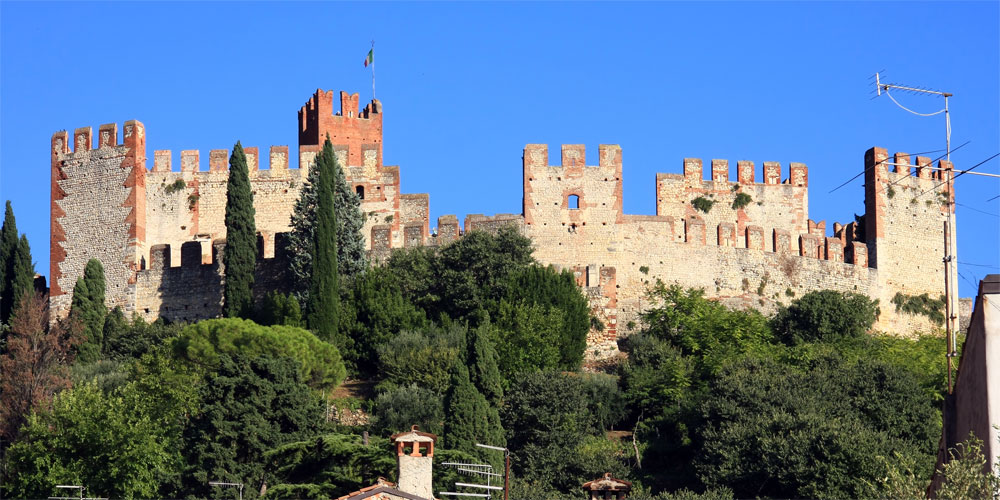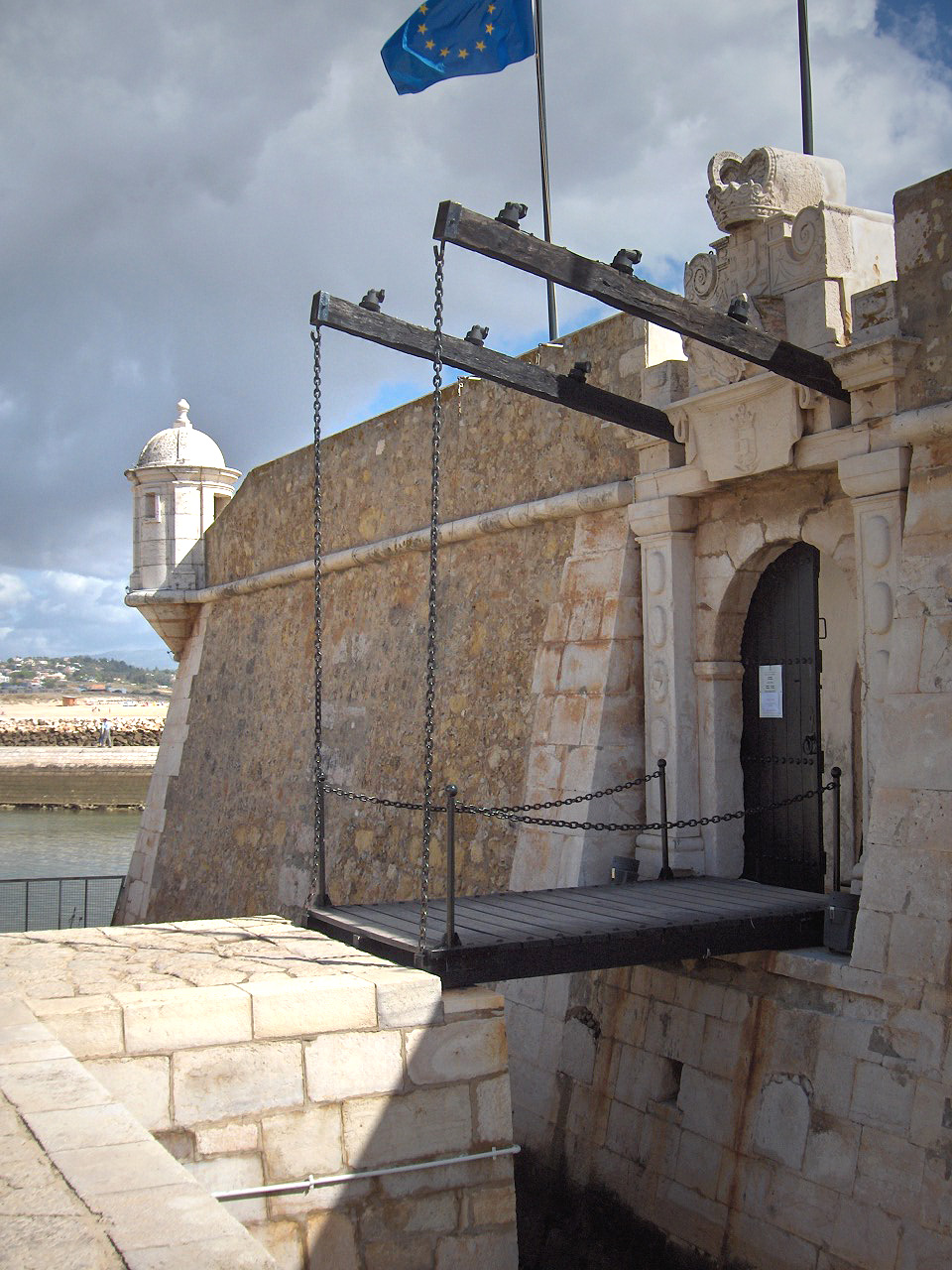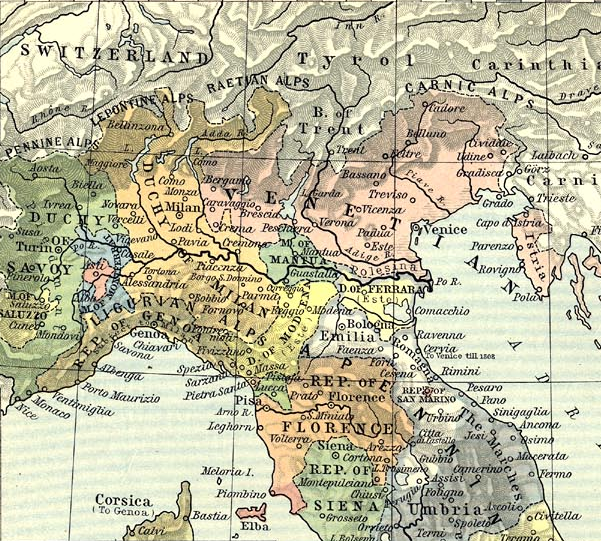|
Soave, Veneto
Soave is a small ''comune'' of the Veneto region in the Province of Verona, northern Italy, with a population of roughly 6,800 people. It is known above all for its Scaligeri Castle and for the typical wine that bears its name. Geography Soave is located approximately east of Verona and is reachable by use of the A4 motorway exit Soave-San Bonifacio. History Soave was a Roman center on the via Postumia that connected Aquileia to Genoa. There are different names about the origin of current name: according to one theory, it could derive from the Suebi (sometimes called ''Soavi'' in medieval Italian). The castle was cited for the first time in occasion of the Magyar invasions (934). In the 13th century it was a possession of the Counts Bonifacio, which installed a capitano here. The walls still visible today, were built in 1379 by Cansignorio of the Scaliger family. Their rule was followed by those of the Visconti of Milan and the Carraresi from Padua; the latter lost Soave i ... [...More Info...] [...Related Items...] OR: [Wikipedia] [Google] [Baidu] |
Veneto
Veneto (, ; vec, Vèneto ) or Venetia is one of the 20 regions of Italy. Its population is about five million, ranking fourth in Italy. The region's capital is Venice while the biggest city is Verona. Veneto was part of the Roman Empire until the 5th century AD. Later, after a Feudalism, feudal period, it was part of the Republic of Venice until 1797. Venice ruled for centuries over one of the largest and richest maritime republics and trade empires in the world. After the Napoleonic Wars and the Congress of Vienna, the Republic was combined with Lombardy and annexed to the Austrian Empire as the Kingdom of Lombardy–Venetia, until that was Italian unification, merged with the Kingdom of Italy in 1866, as a result of the Third Italian War of Independence. Besides Italian language, Italian, most inhabitants also speak Venetian language, Venetian. Since 1971, the Statute of Veneto has referred to the region's citizens as "the Venetian people". Article 1 defines Veneto as an " ... [...More Info...] [...Related Items...] OR: [Wikipedia] [Google] [Baidu] |
Cansignorio Della Scala
Cansignorio della Scala (5 March 1340 – 19 October 1375) was Lord of Verona from 1359 until 1375, initially together with his brother Paolo Alboino. Biography He inherited the lordship of Verona at the death of his father Mastino, together with his brothers Cangrande II and Paolo Alboino. However, Cangrande took the effective reins. Cansignorio plotted against his tyrannic rule and, after having him assassinated, could enter the city in 1359 with the help of the Carraresi of Padua. Legacy Before his death in 1375 he had his brother Paolo Alboino (who had been in prison since 1365) assassinated to give the succession to his illegitimate sons Bartolomeo II and Antonio. The latter however were forced by the city's bankruptcy to accept the protectorate of Bernabò Visconti. Despite his ruthless character, Cansignorio ruled Verona quite moderately and enriched it with numerous constructions, including the first masonry bridge over the Adige since the Ponte Pietra (Verona) and t ... [...More Info...] [...Related Items...] OR: [Wikipedia] [Google] [Baidu] |
Drawbridge
A drawbridge or draw-bridge is a type of moveable bridge typically at the entrance to a castle or tower surrounded by a moat. In some forms of English, including American English, the word ''drawbridge'' commonly refers to all types of moveable bridges, such as bascule bridges, vertical-lift bridges and swing bridges, but this article concerns the narrower historical definition of the term where the bridge is used in a defensive structure. As used in castles or defensive structures, drawbridges provide access across defensive structures when lowered, but can quickly be raised from within to deny entry to an enemy force. Castle drawbridges Medieval castles were usually defended by a ditch or moat, crossed by a wooden bridge. In early castles the bridge might be designed to be destroyed or removed in the event of an attack, but drawbridges became very common. A typical arrangement would have the drawbridge immediately outside a gatehouse, consisting of a wooden deck with one ed ... [...More Info...] [...Related Items...] OR: [Wikipedia] [Google] [Baidu] |
Donjon
A keep (from the Middle English ''kype'') is a type of fortified tower built within castles during the Middle Ages by European nobility. Scholars have debated the scope of the word ''keep'', but usually consider it to refer to large towers in castles that were fortified residences, used as a refuge of last resort should the rest of the castle fall to an adversary. The first keeps were made of timber and formed a key part of the motte-and-bailey castles that emerged in Normandy and Anjou during the 10th century; the design spread to England, south Italy and Sicily. As a result of the Norman invasion of 1066, use spread into Wales during the second half of the 11th century and into Ireland in the 1170s. The Anglo-Normans and French rulers began to build stone keeps during the 10th and 11th centuries; these included Norman keeps, with a square or rectangular design, and circular shell keeps. Stone keeps carried considerable political as well as military importance and could take up ... [...More Info...] [...Related Items...] OR: [Wikipedia] [Google] [Baidu] |
Soave Castello , American libertarian author and journalist
{{disambig, surname ...
Soave may refer to: * Soave, Veneto, commune in Veneto region, Italy * Soave (wine), a dry white wine from Veneto region * Moses Soave (1820–1882), Italian Hebraist * Robby Soave Robert Emil Soave Jr.(, ) is an American journalist who is a senior editor for ''Reason.'' He is the author of two books: ''Panic Attack: Young Radicals in the Age of Trump'' (2019) and ''Tech Panic: Why We Shouldn't Fear Facebook and the Future' ... [...More Info...] [...Related Items...] OR: [Wikipedia] [Google] [Baidu] |
Unification Of Italy
The unification of Italy ( it, Unità d'Italia ), also known as the ''Risorgimento'' (, ; ), was the 19th-century Political movement, political and social movement that resulted in the Merger (politics), consolidation of List of historic states of Italy, different states of the Italian Peninsula into a Proclamation of the Kingdom of Italy, single state in 1861, the Kingdom of Italy. Inspired by the rebellions in the 1820s and 1830s against the outcome of the Congress of Vienna, the unification process was precipitated by the Revolutions of 1848, and reached completion in 1871 after the Capture of Rome and its designation as the capital of the Kingdom of Italy. Some of the states that had been targeted for unification (''Italian irredentism, terre irredente'') did not join the Kingdom of Italy until 1918 after Italy defeated Austria-Hungary in the First World War. For this reason, historians sometimes describe the unification period as continuing past 1871, including activities ... [...More Info...] [...Related Items...] OR: [Wikipedia] [Google] [Baidu] |
Kingdom Of Lombardy–Venetia
The Kingdom of Lombardy–Venetia ( la, links=no, Regnum Langobardiae et Venetiae), commonly called the "Lombardo-Venetian Kingdom" ( it, links=no, Regno Lombardo-Veneto, german: links=no, Königreich Lombardo-Venetien), was a constituent land (crown land) of the Austrian Empire from 1815 to 1866. It was created in 1815 by resolution of the Congress of Vienna in recognition of the Austrian House of Habsburg-Lorraine's rights to the former Duchy of Milan and the former Republic of Venice after the Napoleonic Kingdom of Italy, proclaimed in 1805, had collapsed. The kingdom would cease to exist within the next fifty years—the region of Lombardy was ceded to France in 1859 after the Second Italian War of Independence, which then immediately ceded it to the Kingdom of Sardinia. Lombardy-Venetia was finally dissolved in 1866 when its remaining territory was incorporated into the recently proclaimed Kingdom of Italy. History Creation In the Treaty of Paris in 1814, the Austrians ... [...More Info...] [...Related Items...] OR: [Wikipedia] [Google] [Baidu] |
Napoleonic Wars
The Napoleonic Wars (1803–1815) were a series of major global conflicts pitting the French Empire and its allies, led by Napoleon I, against a fluctuating array of European states formed into various coalitions. It produced a period of French domination over most of continental Europe. The wars stemmed from the unresolved disputes associated with the French Revolution and the French Revolutionary Wars consisting of the War of the First Coalition (1792–1797) and the War of the Second Coalition (1798–1802). The Napoleonic Wars are often described as five conflicts, each termed after the coalition that fought Napoleon: the Third Coalition (1803–1806), the Fourth (1806–1807), the Fifth (1809), the Sixth (1813–1814), and the Seventh (1815) plus the Peninsular War (1807–1814) and the French invasion of Russia (1812). Napoleon, upon ascending to First Consul of France in 1799, had inherited a republic in chaos; he subsequently created a state with stable financ ... [...More Info...] [...Related Items...] OR: [Wikipedia] [Google] [Baidu] |
Gritti
Gritti is an Italian surname. Notable people with the surname include: *Aloisio Gritti (died 1534), Venetian noble *Andrea Gritti (1455–1538), Doge of Venice *Carillo Gritti (1942–2016), Brazilian Roman Catholic bishop *Cornelia Barbaro Gritti (1719–1808), Venetian poet and salon-holder * Lodovico Gritti (1480–1534), Venetian politician *Matteo Gritti (born 1980), Italian footballer *Triadan Gritti Triadan Gritti was a 15th-century Venetian nobleman who was the Venetian captain general and commander-in-chief of Scutari. Diplomatic and military career In 1451 Gritti served as the Venetian ambassador to the Papal States. When the news ..., 15th-century Venetian nobleman, diplomat and military officer {{surname, Gritti Italian-language surnames ... [...More Info...] [...Related Items...] OR: [Wikipedia] [Google] [Baidu] |
War Of The League Of Cambrai
The War of the League of Cambrai, sometimes known as the War of the Holy League and several other names, was fought from February 1508 to December 1516 as part of the Italian Wars of 1494–1559. The main participants of the war, who fought for its entire duration, were France, the Papal States, and the Republic of Venice; they were joined at various times by nearly every significant power in Western Europe, including Spain, the Holy Roman Empire, England, the Duchy of Milan, the Republic of Florence, the Duchy of Ferrara, and the Swiss. The war started with the ''Italienzug'' of Maximilian I, King of the Romans, crossing into Venetian territory in February 1508 with his army on the way to be crowned Holy Roman Emperor by the Pope in Rome. Meanwhile, Pope Julius II, intending to curb Venetian influence in northern Italy, brought together the League of Cambrai — an anti-Venetian alliance consisting of him, Maximilian I, Louis XII of France, and Ferdinand II of Aragon ... [...More Info...] [...Related Items...] OR: [Wikipedia] [Google] [Baidu] |
Niccolò Piccinino
Niccolò Piccinino (1386 – 15 October 1444) was an Italian condottiero. Biography He was born in Perugia, the son of a butcher. Piccinino was introduced in the guild of Perugia's butchers. He was later scornfully called "son of a butcher" by Pope Pius II. However, Piccinino's family actually owned a house with a nearby butchery, and were part of the landed middle class, and, according to tradition, one of his uncles had been ''podestà'' of Milan. He began his military career in the service of Braccio da Montone, who at that time was waging war against Perugia on his own account, and at the death of his chief, shortly followed by that of the latter's son Oddo, Piccinino became leader of Braccio's ''condotta''. After serving for a short period under the Florentine Republic, he went over to Filippo Maria Visconti, duke of Milan (1425), in whose service together with Niccolò Fortebraccio he fought in the Wars in Lombardy against the league of Pope Eugene IV, Venice and Florence ... [...More Info...] [...Related Items...] OR: [Wikipedia] [Google] [Baidu] |
Republic Of Venice
The Republic of Venice ( vec, Repùblega de Venèsia) or Venetian Republic ( vec, Repùblega Vèneta, links=no), traditionally known as La Serenissima ( en, Most Serene Republic of Venice, italics=yes; vec, Serenìsima Repùblega de Venèsia, links=no), was a sovereign state and Maritime republics, maritime republic in parts of present-day Italy (mainly Northern Italy, northeastern Italy) that existed for 1100 years from AD 697 until AD 1797. Centered on the Venetian Lagoon, lagoon communities of the prosperous city of Venice, it incorporated numerous Stato da Màr, overseas possessions in modern Croatia, Slovenia, Montenegro, Greece, Albania and Cyprus. The republic grew into a Economic history of Venice, trading power during the Middle Ages and strengthened this position during the Renaissance. Citizens spoke the still-surviving Venetian language, although publishing in (Florentine) Italian became the norm during the Renaissance. In its early years, it prospered on the salt ... [...More Info...] [...Related Items...] OR: [Wikipedia] [Google] [Baidu] |


.jpg)


